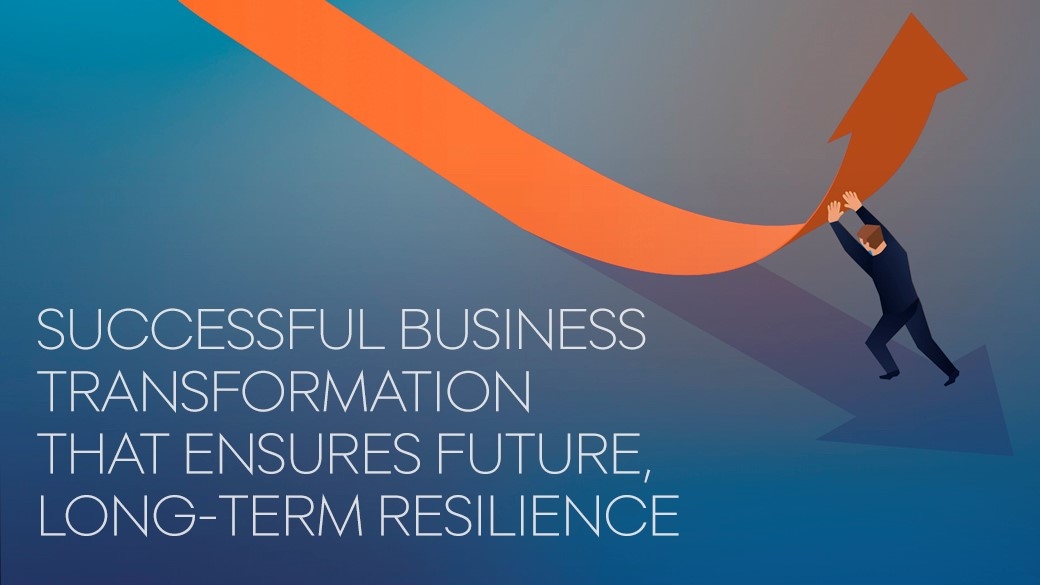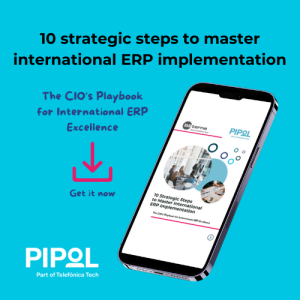Business transformation that can help you prepare for the ’new normal’

In the past few months, organizations around the globe have taken immediate and radical actions to tackle the COVID-19 pandemic. As they now reevaluate these changes, organizations are also rethinking previously agreed budgets and reprioritizing initiatives to focus on those that generate much-needed revenue.
What actions should organizations take to stay ahead?
While we all know that when it comes to business transformation, standing still is never a good idea, it is even more important right now to ensure your organization is not only moving forward but moving forward in the right direction. As the COVID-19 crisis continues to grip the world, organizations are looking at ways to stabilize the emergency measures taken at the start of the crisis. And, while they need to scale down in the short-term, they must also investigate new focus areas for the future. This requires, for instance, exploring ways to strengthen the organization’s online channels and support alternative means to service customers from remote locations.
Organizations need to stand back and take a bird’s eye view of the situation and ensure they’re ready for the quick turnaround that is needed to meet the changes presented by the COVID-19 pandemic. Laying the groundwork for successful business transformation requires a deep understanding of the organization and industry trends. It requires bold leadership, the highest level of commitment from everyone in the organization, and the development of new skills and ways of working.
Surfing the waves of this pandemic
In a recent series of articles from McKinsey, they refer to what they call the 3 waves of the pandemic. Wave 1 focuses on what matters now and how organizations can ensure stability and business continuity while containing the crisis. It requires taking care of employees, being open in communication, enabling better work-from-home capabilities, developing new ways of working, and being proactive on security, especially cyber security. Wave 2 of the pandemic moves on to institutionalizing new ways of working and looks at ways to stabilize core systems, critical infrastructure, and business operations and processes. The final wave, Wave 3 concentrates on preparing for the next phase of the crisis and uses the lessons learned from the crisis to prioritize tech transformation for future, long-term resilience.
Stay focused on the long-term goals
During times of crisis, our basic human instinct is to scale back on spending and find ways to save money. But the risk here is that organizations will revert to old, inefficient ways of working. Of course, these cost-saving initiatives should be investigated but now is also the time to reevaluate priorities, move around resources, and closely track progress.
“Reassuringly, a substantial number of CIOs are also focused on the longer-term needs of the business by staying the course on important priorities, such as digital and technology enablement, cloud migration, and agile adoption. We know from past crises that companies that thoughtfully invest fare best during and after downturns.”
What’s on CIOs’ minds during the coronavirus crisis
Digital solutions for a successful future
The COVID-19 pandemic came as a shock to the world and during Wave 1 we seen a massive increase in the adoption of new technologies, such as connectivity and collaboration tools. But as the focus begins to shift to the next wave of the crisis, organizations are now prioritizing future technology projects. For instance, the implementation of digital solutions that can enable B2B sales in remote environments. Because by focusing on the long-term business needs and priorities, and keeping a firm hold on initiatives and programs that help the organization become tech-forward, it’s possible to turn this crisis into a competitive opportunity.
“CIOs need to take a through-cycle view and stay committed to broader transformation goals they’ve been leading such as programs on data, cloud, and agile. Cloud migration provides the flexibility to manage the current spikes and changing employee and customer needs rapidly and cost effectively.”
The CIO’s moment: Leadership through the first wave of the coronavirus crisis
By understanding what generates business value and thinking about how to invest in those initiatives, organizations can better prepare for not only handling the upcoming economic downturn but also successfully evolve and come out the other side in stronger.
Is your organization ready to move towards prioritized tech transformation that ensures future, long-term resilience? To find out how Pipol can help you transform and successfully address the challenges and opportunities of this new, unforeseeable future, get in touch today.





